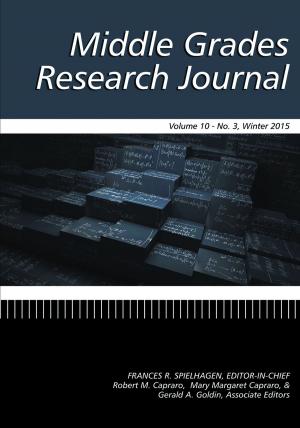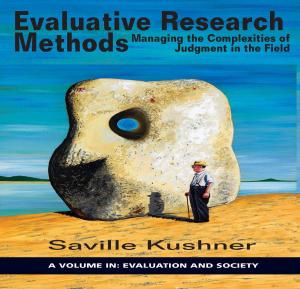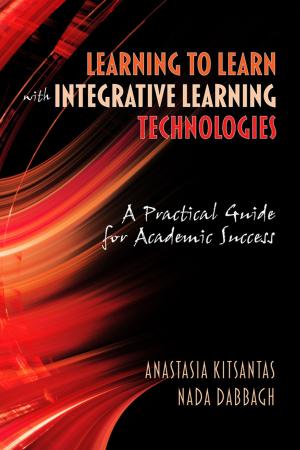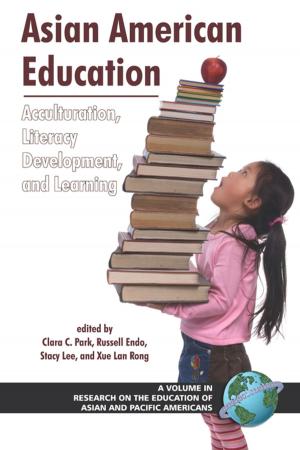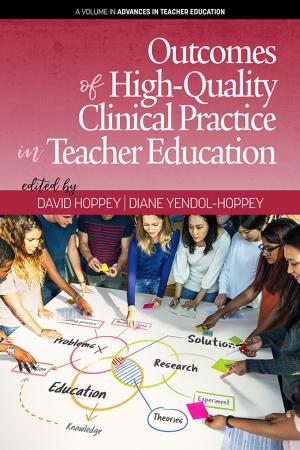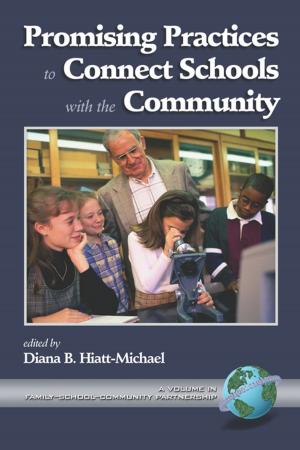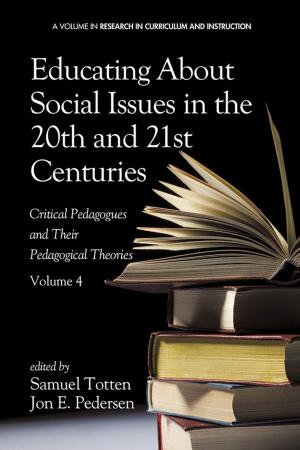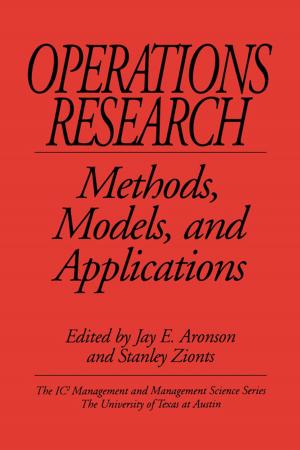Polling Students for School Improvement and Reform
Nonfiction, Reference & Language, Education & Teaching, Educational Theory, Adult & Continuing Education, Leadership| Author: | Paris S. Strom, Robert D. Strom | ISBN: | 9781681233550 |
| Publisher: | Information Age Publishing | Publication: | November 1, 2015 |
| Imprint: | Information Age Publishing | Language: | English |
| Author: | Paris S. Strom, Robert D. Strom |
| ISBN: | 9781681233550 |
| Publisher: | Information Age Publishing |
| Publication: | November 1, 2015 |
| Imprint: | Information Age Publishing |
| Language: | English |
People generally acknowledge the superiority of adolescents in using technology tools needed for learning in the future. The purpose of this book is to describe an online polling strategy that allows adolescents to make known how they view conditions of learning at their school. A school improvement model illustrates how to combine results of student polling with stakeholders' perceptions in the scheme of school reform. Student polling differs from other strategies because the target for gathering data is a single school. This deliberately narrow base for sampling student opinion ensures poll results have local relevance that can motivate stakeholder involvement and guide their response. Over 14,000 secondary students have completed polls examined in the text. These ten polls include: career exploration, time management, selective attention and distraction, motivation for Internet learning, tutoring, peer support, cheating, frustration, cyberbullying, and school stress. Students are the stakeholders with the most to gain or lose in efforts to keep American education competitive. Accordingly, their views should be sought as part of decision making about reform. When student opinion and adult observation are considered, an intergenerational perspective can emerge that more accurately portrays institutional strengths and limitations. School principals, superintendents, and state department of education leaders are invited to consider a collaborative project with the authors. Software offers administrators rapid feedback on whole school results. Finding out how special education, gifted and talented, and second language acquisition students view their conditions of learning gives additional insight about school improvement.
People generally acknowledge the superiority of adolescents in using technology tools needed for learning in the future. The purpose of this book is to describe an online polling strategy that allows adolescents to make known how they view conditions of learning at their school. A school improvement model illustrates how to combine results of student polling with stakeholders' perceptions in the scheme of school reform. Student polling differs from other strategies because the target for gathering data is a single school. This deliberately narrow base for sampling student opinion ensures poll results have local relevance that can motivate stakeholder involvement and guide their response. Over 14,000 secondary students have completed polls examined in the text. These ten polls include: career exploration, time management, selective attention and distraction, motivation for Internet learning, tutoring, peer support, cheating, frustration, cyberbullying, and school stress. Students are the stakeholders with the most to gain or lose in efforts to keep American education competitive. Accordingly, their views should be sought as part of decision making about reform. When student opinion and adult observation are considered, an intergenerational perspective can emerge that more accurately portrays institutional strengths and limitations. School principals, superintendents, and state department of education leaders are invited to consider a collaborative project with the authors. Software offers administrators rapid feedback on whole school results. Finding out how special education, gifted and talented, and second language acquisition students view their conditions of learning gives additional insight about school improvement.

